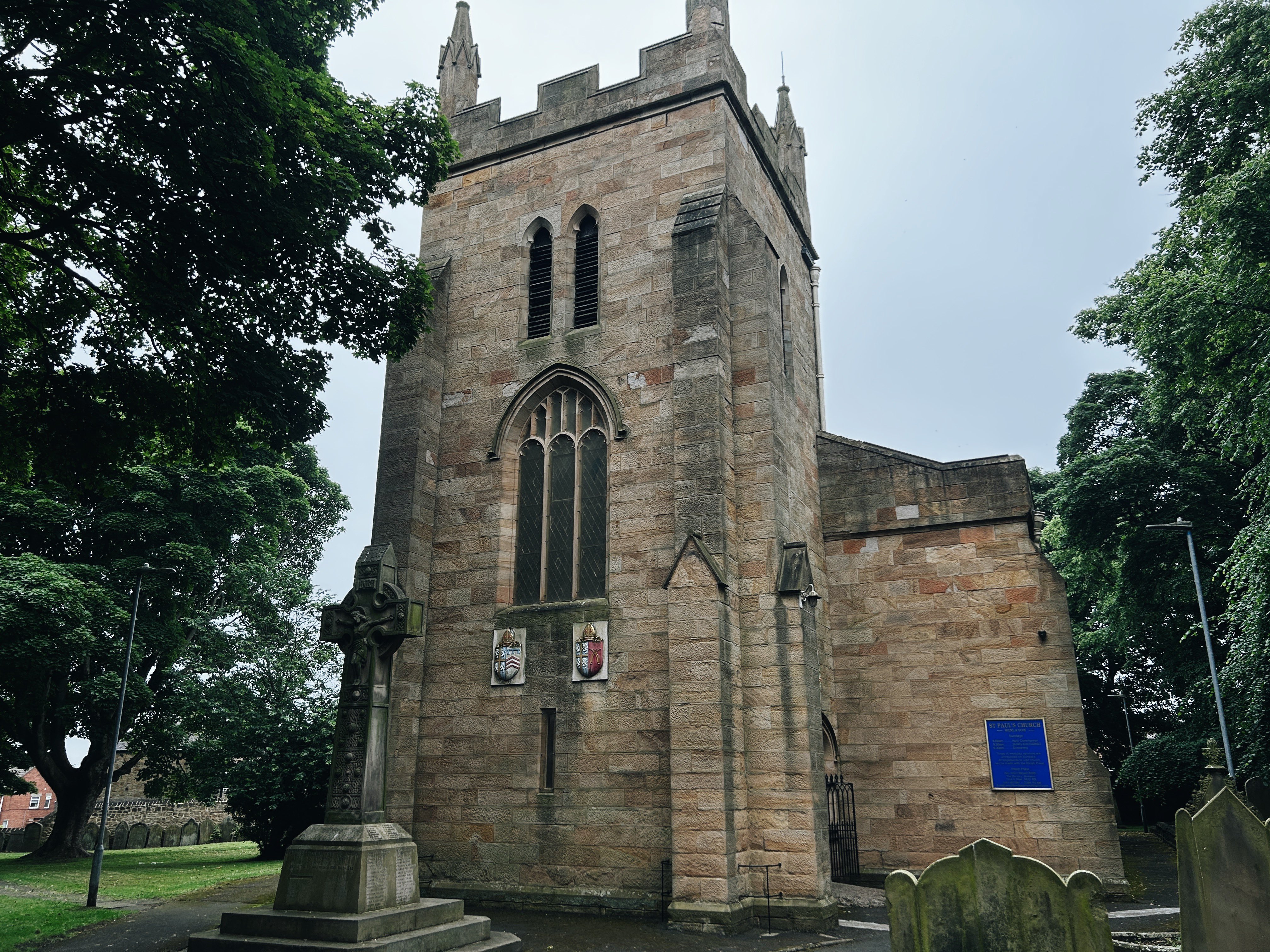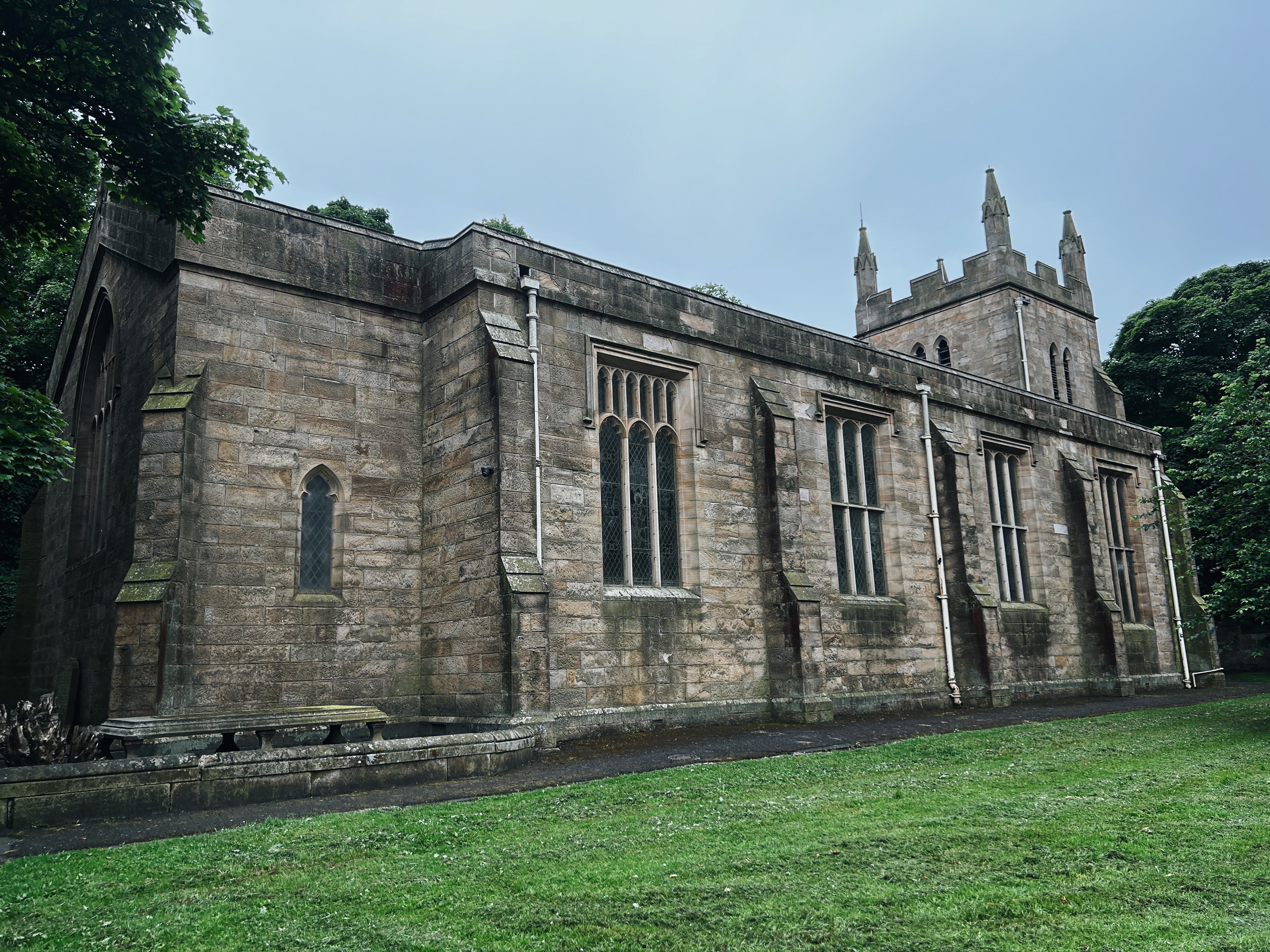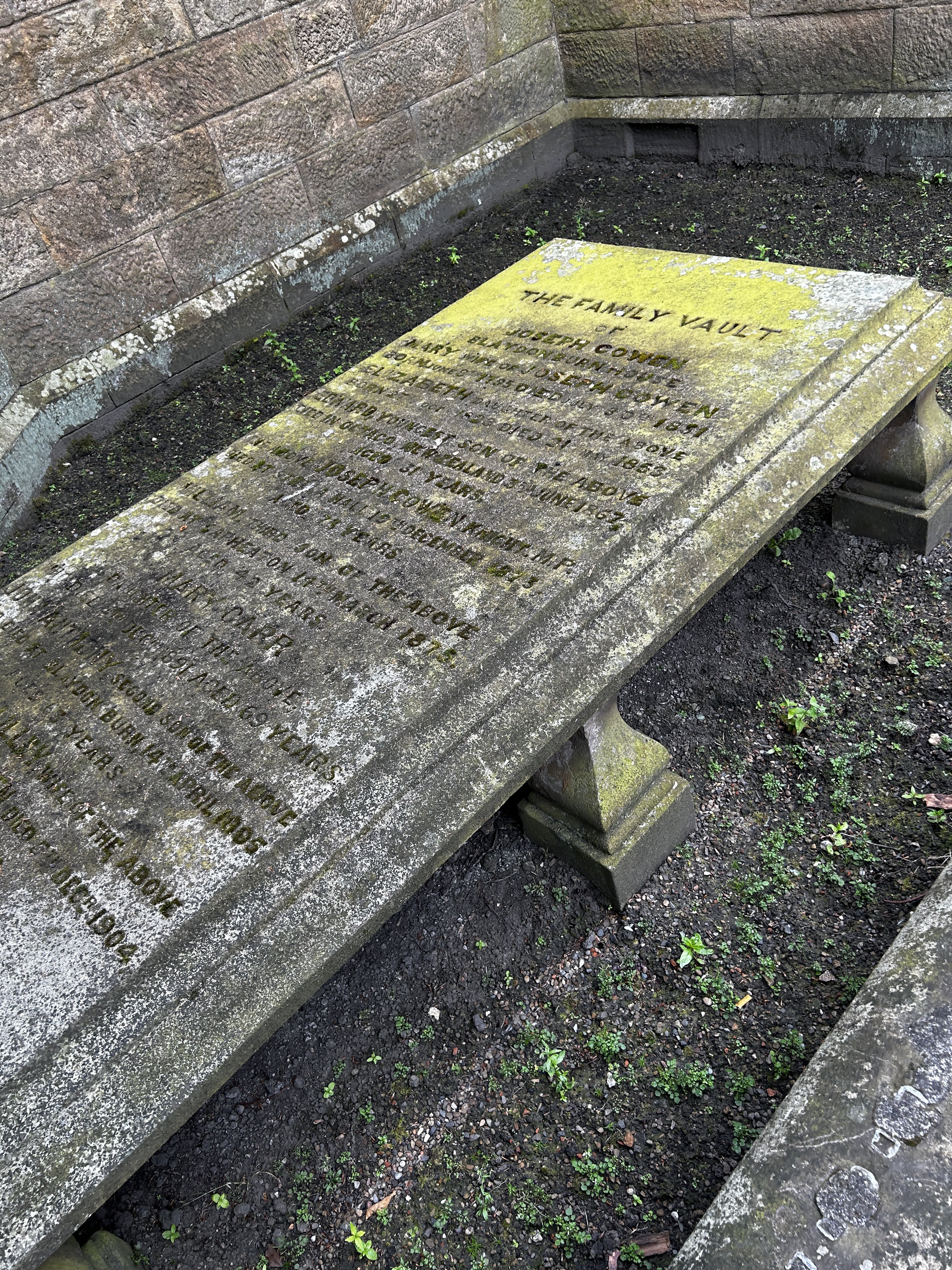
Winlaton
Winlaton, Church of St Paul
Last Updated:
2 Sept 2024
Winlaton
This is a
Church, Place of Worship
54.951737, -1.727212
Founded in
Current status is
Extant
Designer (if known):
Ignatius Bonomi

Listed Grade II
The Church of St Paul was built in the 1820s to a design by Ignatius Bonomi. Now, you may have heard of him if you enjoy railways - he designed the oldest railway bridge in the world still in use at Darlington, St Anne's Convent at Newcastle, parts of the Lambton Park estate among others. You can find a few of his other works on the site.
This was an era when this end of Durham started growing as part of the Industrial Revolution, and the diocese of Durham were incredibly wealthy - in part thanks to the exploits of coal on their vast lands. This gave vast potential to increase their presence with churches like these across the region.
Winlaton had been hit by the closure of Crowley’s 3rd site at Winlaton in 1816, which depressed the area in part thanks to the reliance on his social security system. This church, built a decade after, attempted to cement a greater influence on the community who had confided to alternative congregations, like Methodism, to relieve their woes.
It was first a Chapel of Ease to Ryton, but later a separate parish from 1832. It came at a cost of £2500 and seated an impressive 800 (when the population was only 4000) and built on the site of the old village bullring.
These more major churches always have a pretty detailed report of the consecrations and openings. It paints a picture really well. The weather was very infavourable, slashing it down in the September of 1828. The Lord Bishop of Durham alongside the famous Clavering’s attended with Humble Lamb (another significant landowner in these parts) and another 30 odd folk.
Robert Watson was the founder of the original bell which may still lie in situ at the church. He was prolific with bells fitted in churches at Walker, Longbenton, Byker, Blanchland, Jesmond etc.
It is worth noting the Cowen’s are buried here with the family memorial outside. Cowen is of course a familiar name. He was MP for Newcastle and operated both pits and brickworks in the area. He also funded the Tyne Theatre. (pic here: https://x.com/neheritagelib/status/1818223173290135585)
Listing Description (if available)


Apologies for the resolution of the 1838 tithe map, however I still felt it appropriate to add. It shows Winlaton a couple of decades after Crowley shut up shop in the village, but had grown to be a sizeable settlement. The church, a decade old here, was situated in the south side of the settlement on the lane to Winlaton Mill. This was perhaps to project the greatest amount of grandeur and influence over the population both on the hill and below, as well as it being a central location to village affairs. You'll also see the Glebe land next door, which was predominantly allotments and vegetable patches to sustain the church. There was also a pit here - Mary Pit, though I'm not sure if this was on land leased by the church.

By 1898, the glebe land was partly reused as a cemetery to accomodate the growing settlement. New housing can be seen to the north east as well as expansion west in a new estate called "Caledonia". Perhaps for Scottish workers at the brickworks? Funnily enough, there was also a "California" to the east of the village. Much of the traditional Winlaton - ie the pinfold, had dissipated for more development.

The tower of St Paul's in 2024

A view of the north side of the church in 2024

The Cowen Family Vault on the north east corner of the church in 2024
